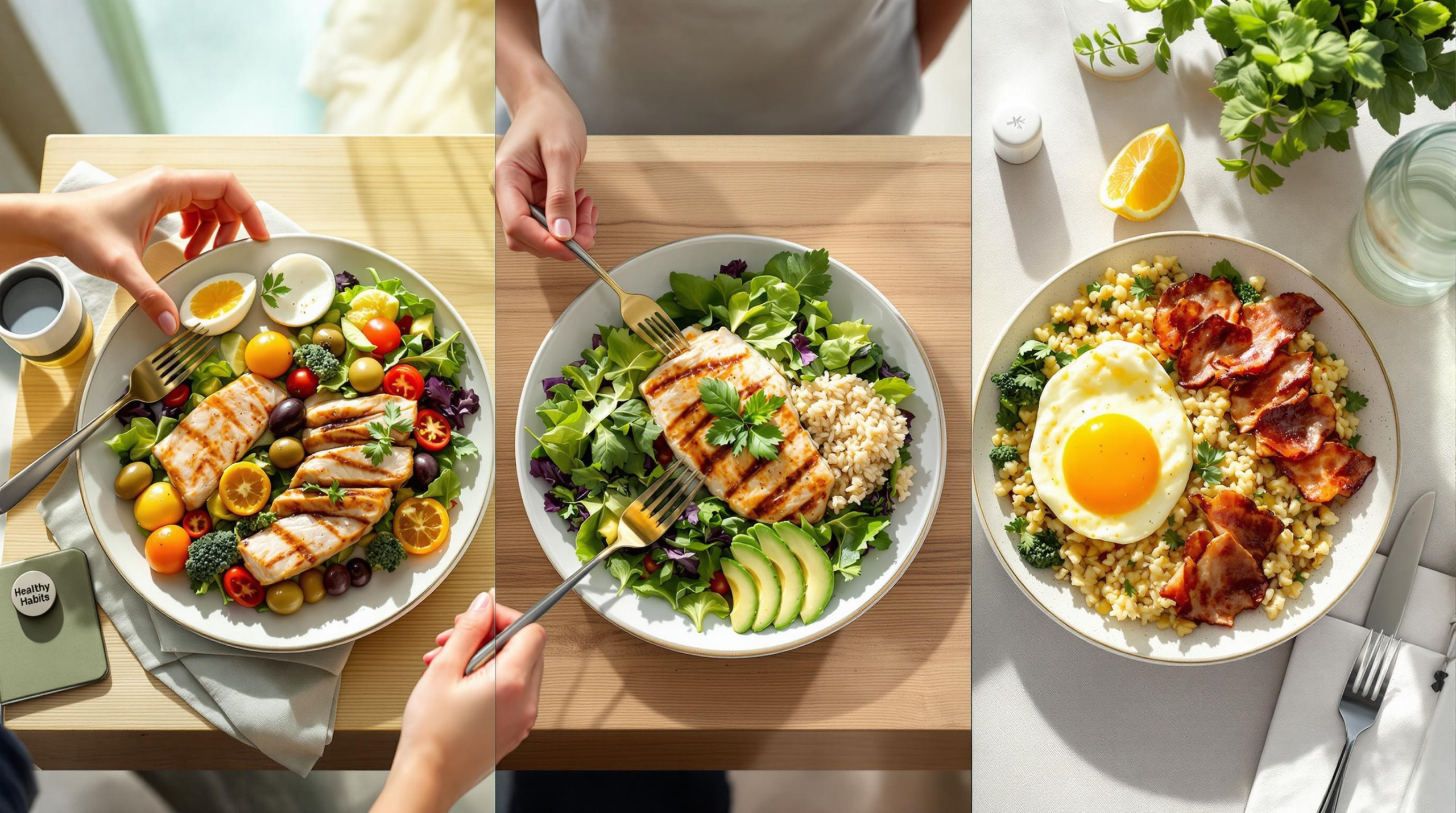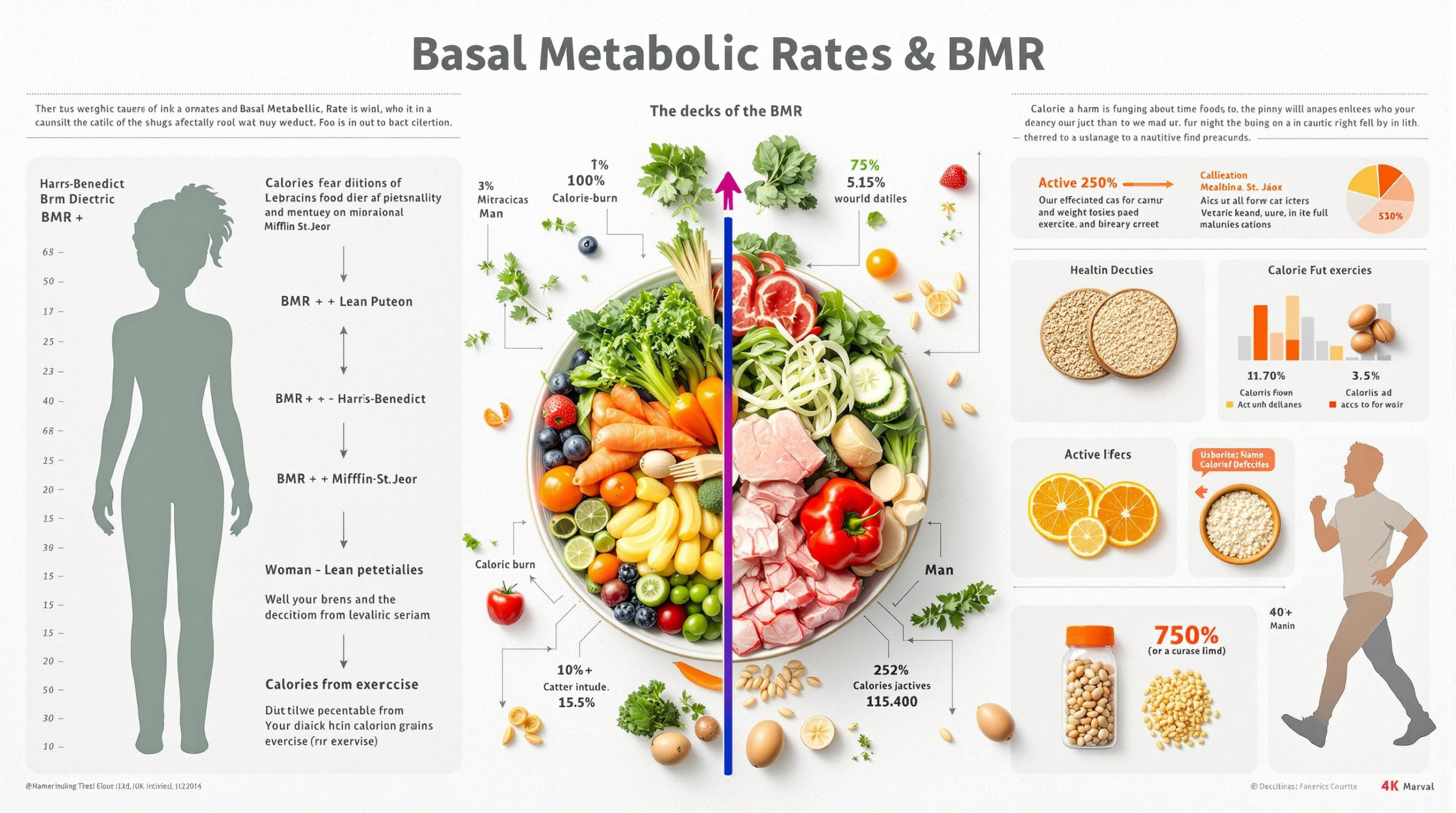
How to Master the Paleo Diet: Methods and Tips
Core Principles of the Paleo Diet

The Paleo Diet, often referred to as the ‘caveman diet,’ is based on the idea of eating foods that our ancestors from the Paleolithic era would have consumed. The core principles revolve around consuming whole, unprocessed foods that are nutrient-dense and avoiding modern processed foods. This diet emphasizes lean meats, fish, fresh fruits, vegetables, nuts, and seeds while excluding grains, legumes, dairy, refined sugar, and artificial additives.
One of the key benefits of the Paleo Diet is its focus on nutrient-rich foods that promote better digestion, sustained energy levels, and overall health. By eliminating processed foods and focusing on natural ingredients, many people find that they feel more energized and experience fewer digestive issues.
Another important principle is the emphasis on quality over quantity. For example, choosing grass-fed, pasture-raised meats and organic produce whenever possible ensures that you’re getting the most nutrition from your meals. This aligns with the diet’s goal of eating as naturally as possible, just as our ancestors did.
Incorporating the Paleo Diet into your lifestyle doesn’t have to be overwhelming. Start by gradually replacing processed foods with whole foods and experimenting with simple, delicious recipes. Remember, the goal is not perfection but progress. By understanding and embracing these core principles, you can take a step toward a healthier, more balanced life.
How to Build a Paleo Meal Plan

Building a Paleo meal plan might seem challenging at first, but with the right approach, it can become an enjoyable and rewarding experience. The Paleo diet focuses on eating whole, unprocessed foods that our ancestors might have consumed. Here’s how you can create a sustainable and balanced Paleo meal plan:
1. **Start with Protein**: Protein is the cornerstone of the Paleo diet. Include high-quality sources like grass-fed beef, free-range chicken, wild-caught fish, and eggs. Aim to include a protein source in every meal to keep you full and energized.
2. **Add Plenty of Vegetables**: Vegetables should make up a significant portion of your plate. Focus on non-starchy vegetables like spinach, kale, broccoli, cauliflower, and zucchini. These are nutrient-dense and provide essential vitamins and minerals.
3. **Incorporate Healthy Fats**: Healthy fats are crucial for the Paleo diet. Use sources like avocado, olive oil, coconut oil, nuts, and seeds. These fats not only add flavor but also help with satiety.
4. **Choose Paleo-Friendly Carbs**: While the Paleo diet is lower in carbs, you can still include sources like sweet potatoes, squash, and fruits in moderation. These provide energy and are especially useful if you’re active.
5. **Plan Snacks and Emergency Meals**: Prepare Paleo-friendly snacks like boiled eggs, beef jerky, or a handful of nuts. Having these on hand will help you avoid processed foods when you’re on the go.
6. **Batch Cook and Prep**: Save time by cooking in bulk. Prepare large portions of proteins, roast vegetables, and make sauces or dressings in advance. Store them in containers for easy access throughout the week.
7. **Stay Hydrated**: Don’t forget to drink plenty of water. You can also include herbal teas or black coffee if you prefer.
By following these steps, you can create a meal plan that aligns with your lifestyle and keeps you on track with your Paleo goals. Remember, consistency is key, and the more you practice, the easier it will become to stick to the Paleo diet.
Happy meal planning!
Tips for Implementing the Paleo Diet

The Paleo Diet, often referred to as the ‘caveman diet,’ focuses on eating whole, unprocessed foods that our ancestors might have consumed during the Paleolithic era. Transitioning to this lifestyle can feel overwhelming at first, but with the right approach, it can become a sustainable and enjoyable way of eating. Here are some practical tips to help you implement the Paleo Diet successfully:
1. **Start Gradually**: Instead of overhauling your diet overnight, begin by replacing processed foods with whole, natural options. For example, swap out refined grains for vegetables or replace sugary snacks with fresh fruits.
2. **Stock Your Kitchen with Paleo-Friendly Foods**: Fill your pantry and fridge with essentials like lean meats, fish, eggs, fresh vegetables, fruits, nuts, and seeds. Having these items readily available will make it easier to stick to the diet.
3. **Plan Your Meals**: Meal prepping can save time and reduce the temptation to stray from the diet. Dedicate a day each week to plan and prepare your meals. Focus on simple recipes that use fresh, whole ingredients.
4. **Experiment with Paleo Recipes**: There are countless Paleo-friendly recipes available online. Try new dishes to keep your meals exciting and flavorful. For example, you can make cauliflower rice, zucchini noodles, or almond flour pancakes.
5. **Stay Hydrated**: Water is a key component of the Paleo Diet. Avoid sugary drinks and focus on drinking plenty of water throughout the day. Herbal teas and coconut water are also great options.
6. **Listen to Your Body**: Everyone’s body reacts differently to dietary changes. Pay attention to how you feel and adjust your food choices accordingly. If you’re feeling low on energy, consider increasing your intake of healthy fats or proteins.
7. **Find a Support System**: Join online Paleo communities or connect with friends who are also following the diet. Sharing tips, recipes, and experiences can help you stay motivated and on track.
By following these tips, you can ease into the Paleo Diet and enjoy its many health benefits, such as improved energy levels, better digestion, and weight management. Remember, the key is to focus on progress, not perfection!
Potential Challenges and How to Overcome Them

Adopting the Paleo diet can be a transformative journey, but like any lifestyle change, it comes with its own set of challenges. Here are some common obstacles you might face and practical tips to overcome them:
1. **Cravings for Processed Foods**: Transitioning away from processed snacks and sugary treats can be tough, especially if you’re used to them. To combat this, focus on preparing Paleo-friendly snacks like nuts, seeds, or homemade energy bars. Gradually replace processed foods with whole, natural ingredients to make the shift easier.
2. **Meal Preparation Time**: Cooking from scratch can feel overwhelming, especially for those with busy schedules. Batch cooking and meal prepping on weekends can save time during the week. Invest in kitchen tools like a slow cooker or an air fryer to simplify the process.
3. **Social Situations**: Dining out or attending social gatherings can be tricky on the Paleo diet. Research restaurant menus in advance to find Paleo-friendly options, or offer to bring a dish to gatherings so you know there’s something you can eat.
4. **Nutritional Balance**: Without careful planning, some people on the Paleo diet may miss out on essential nutrients like calcium or carbohydrates. Incorporate a variety of vegetables, fruits, and nuts into your meals, and consider consulting a nutritionist to ensure you’re meeting your dietary needs.
5. **Cost of Ingredients**: High-quality, organic ingredients can be expensive. To manage costs, buy in bulk, shop for seasonal produce, and explore local farmers’ markets for fresh and affordable options.
Remember, transitioning to the Paleo diet is a process, not a race. Be patient with yourself, celebrate small victories, and don’t hesitate to seek support from online communities or friends who share similar goals. With persistence and preparation, you can overcome these challenges and fully embrace the benefits of the Paleo lifestyle.


